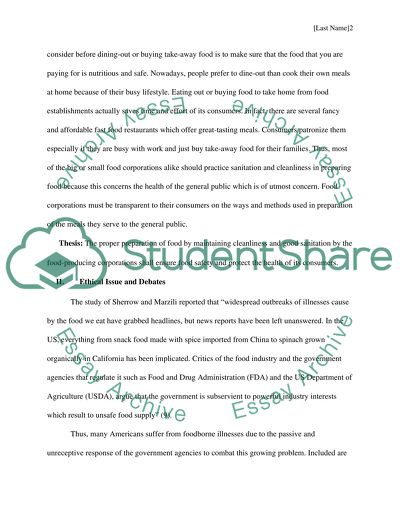Cite this document
(“Food safety Research Paper Example | Topics and Well Written Essays - 2750 words”, n.d.)
Retrieved de https://studentshare.org/family-consumer-science/1416727-food-safety
Retrieved de https://studentshare.org/family-consumer-science/1416727-food-safety
(Food Safety Research Paper Example | Topics and Well Written Essays - 2750 Words)
https://studentshare.org/family-consumer-science/1416727-food-safety.
https://studentshare.org/family-consumer-science/1416727-food-safety.
“Food Safety Research Paper Example | Topics and Well Written Essays - 2750 Words”, n.d. https://studentshare.org/family-consumer-science/1416727-food-safety.


